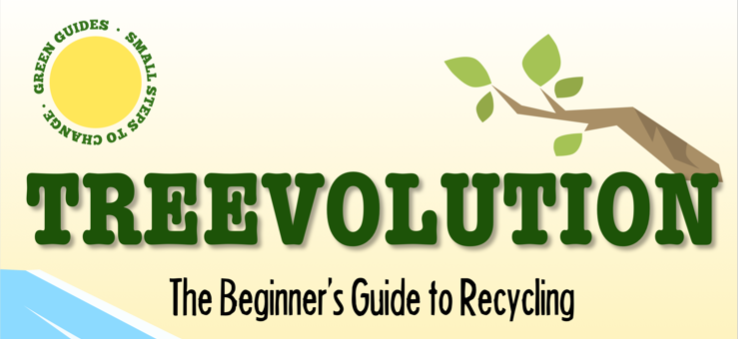The company collaborates with the likes of H&M, Afrika Tikkun, the SAB Foundation and the Paige Project.
Clothes to Good: Turning waste textiles into positive impacts
Clothes to Good is in the business of using the money from recycling textiles to plant trees, make toys for early childhood development centres and feed those in need. The initiative upcycles wheelchairs and clothing into disability-specific products for children and downcycles other textiles into fibres used in the motor and mattress industries. We speak to founder Jacendra Naidoo.
We only wear 12% of the clothes in our wardrobes and the things we do wear, we only wear for less than half of their lifespans. What happens to these discarded clothes and shoes? Unfortunately, most end up in landfills or incinerators, which pose environmental concerns.
Why was Clothes to Good founded?
The initiative was founded in July 2011 to help exit people from poverty, create inclusive jobs for people with disabilities, while caring for our planet through recycling clothes and shoes.
What vision lies behind the initiative?
The dream is to bring out the light in the people we serve. Clothes To Good recycles textiles to support the development of microbusinesses, to include people with disabilities and other vulnerable people in the economy as well as a way to care for our planet.
What other projects does Clothes to Good run?
Clothes to Good has four sourcing recycling programmes run by high-resourced schools and business staff volunteer programmes. Clothes to Trees recycle to plant spekbooms. Clothes to Play recycle to run toy-making workshops across waste streams to stimulate vulnerable children (including children with disabilities) at low-resourced early childhood development centres, and Clothes to Wheels recycle to fit children with disabilities into orthopaedic upcycled wheelchairs in collaboration with the Paige Project. Clothes to Food has recycled to run food-packing events in collaboration with Rise Against Hunger and Initiate Life. Clothes to Good also sources used clothes through H&M and Levi’s stores nationally.
Why is it important to ‘close the loop’?
Used textile and shoe waste is a huge contributor to pollution as more than 99% end up in landfill or are incinerated worldwide. Letting consumers recycle the clothes to be reused, upcycled and downcycled diverts most of these from landfill and incineration. The ultimate goal is to sort and process to a point that the resource can be the first point for making new products as opposed to virgin resources from the Earth. Washing clothes made from plastic also pollutes our water through microfibers. Clothes to Good create awareness of this risk to our scarce water supply.
Why is an initiative like Clothes to Good necessary in South Africa?
People are able to participate in a value cycle that supports 108 microbusinesses through reuse (many of them are mothers of children with disabilities), also Clothes to Good creates micro businesses that up-cycle clothes, from useful toys for early childhood development and disability-specific products. Clothes to Good downcycle clothes to textile fibre for the motor and mattress industries with collaboration partners like Connacher. Clothes to Good is also making paving blocks made out of shoe waste with Green Corridor in collaboration with AfriEco and the University of KwaZulu-Natal’s environmental engineering faculty.
How big is your team?
We have 35 people on site that serve more than 108 microbusinesses, schools, businesses, Fashion Brands and the public. The roles are from sorting staff to occupational therapists involved in the inclusion of people with disabilities across the value cycling, including Clothes to Good customers like H&M.
Where is the company based?
The centralised facility is in Centurion. We will open decentralised facilities in Durban and Cape Town.
What kind of challenges have you faced?
Securing funding to scale and grow the social impact business model is a challenge in South Africa. Few funders understand social impact business models where impact goals are before profit goals. It is at high personal risk.
What awards has Clothes to Good won?
We won the SAB disability empowerment award 2018 and Google Africa 2018 award. We also received the SAB innovation award in 2020.
What are Nim Nims?
Nim Nims are disability-specific products produced by mothers of children with disabilities using mainly recycled denim. Tammy Greyling of the Clothes to Good non-profit arm came up with the idea of using the abundance of denim to produce weighted products for people with autism, anxiety and ADHD at the Tommy Hilfiger world challenge. Our initiative was one of 460 other applications from 83 countries. The audience voted for our Nim Nims. The product was designed with the Tommy Hilfiger team as part of an award for the top 6 applicants in the world. We plan to launch the product this year.

What is the one thing you want people to know?
We are a fully inclusive textile recycling company and your clothing donation has a real impact on mothers of children with disabilities, microbusinesses, [and assists] the inclusion of people with disabilities we well as the planet.
How can people help or get involved?
Please recycle your clothes at your nearest H&M store or your jeans at Levi’s nationally. We also have young fashion designers who help with upcycling creations and early childhood development centres with stimulating their children through upcycled toys.
What is your favourite part of your job?
Working daily with people with disabilities who have an amazing work ethic, and experiencing the love and joy they share.
And your pet hate?
Dumping clothes into rivers. We can’t save those clothes.
Any other organisations you admire out there?
Yes, the work we are doing with Afrika Tikkun case administrators with ‘mothers of children with disability microbusinesses’ through their centres in Gauteng.
What’s next?
Helping the fashion industry close the loop and make clothes available to be used as materials to be reused in the production process. This includes importing infrared scanning technology for a deeper sorting process.
Images supplied by Clothes to Good

